Sacroiliac Joint Fusion

What are the symptoms and causes of sacroiliac joint pain?
Symptoms
The most common symptom of sacroiliac (SI) joint dysfunction is pain. Patients often experience pain in the area of the sacrum (tail bone), upper buttocks, upper thigh, or upper groin.
The pain can lead to issues with sleeping, sitting, and walking.
The pain typically worsens with standing and walking, while less severe when lying down. Swelling and arthritis in the SI joint can also cause pain and stiffness in the pelvis.
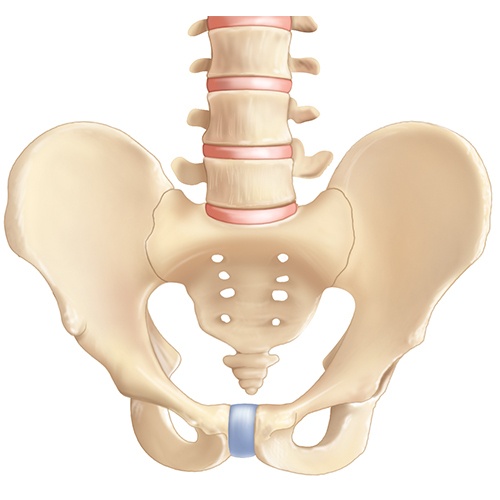
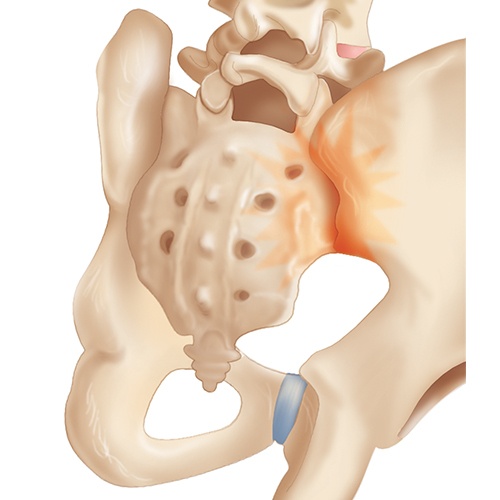
Causes
The cause of sacroiliac joint pain is unknown; however, it may occur with trauma or injury.
Typical causes of SI joint dysfunction include:
- Tissue loosening due to pregnancy
- Trauma due to injury or accident
- Arthritic conditions
- Previous lower back surgery
What is chronic sacroiliac joint dysfunction?
SI joint dysfunction is a condition in which the patient has chronic pain associated with the SI joint. Sacroiliitis is a condition in which one or both of the SI joints are swollen or inflamed.
The SI joint is a potential source of lower back and limb pain. SI joint problems can result in issues with surrounding ligaments and muscles.
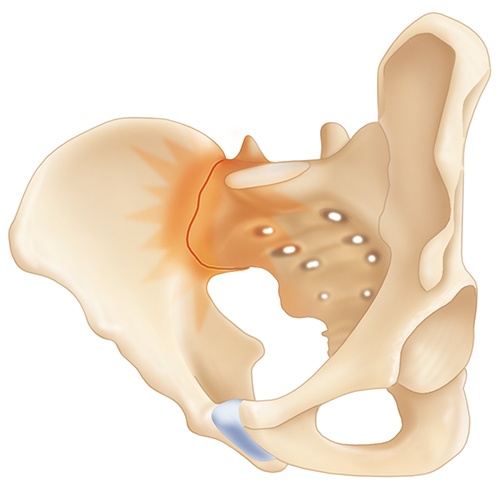
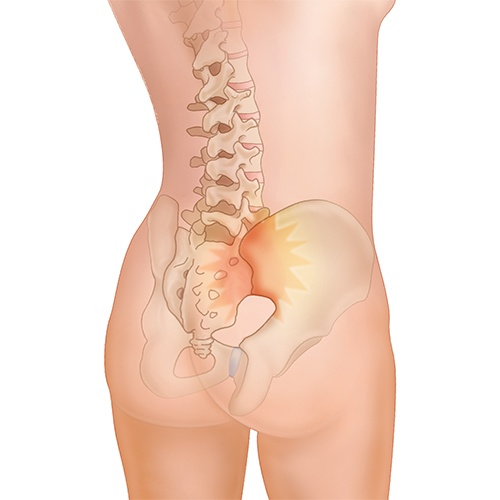
How is a sacroiliac joint fusion procedure performed?
A minimally invasive surgical approach is used to implant the SI-LOK™ Sacroiliac Joint Fusion screws, to help minimize disruption to the underlying muscles and tissues. A 2–4cm incision is made as indicated, using x-rays during surgery.
The surfaces of the joint are prepared and screws are placed across the SI joint. Using titanium alloy implants helps to maintain fixation and may help with recovery (e.g. weight bearing). Your doctor will determine the appropriate implant type and size for your condition.
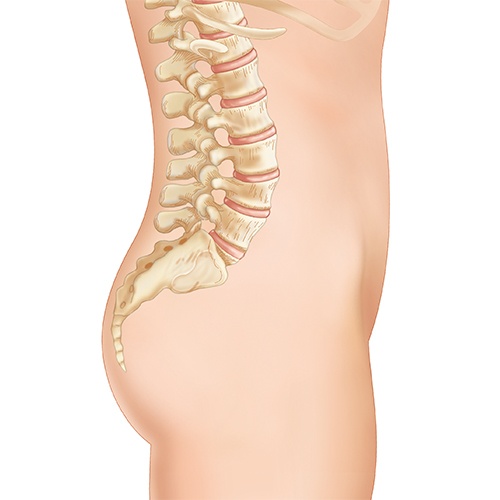
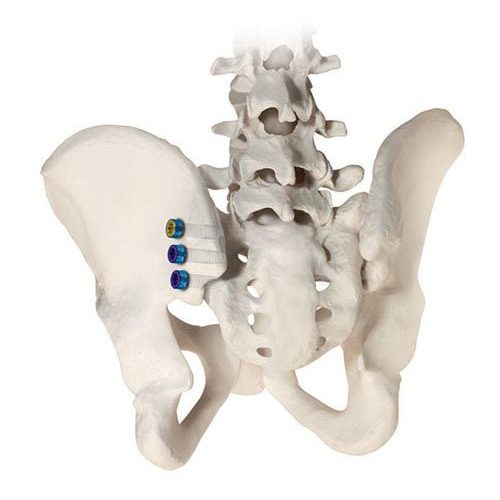
Disclaimer:
The material on this website is intended to be an educational resource only and is not meant to be a warranty or to replace a conversation between a patient and their physician or member of their health care team. Please consult a physician for a complete list of indications, contraindications, precautions, warnings, clinical results and other important medical information that pertains to this procedure. The decision to receive medical treatment is individualized to the patient and the patient’s symptoms. The information presented on this site may not apply to your condition, treatment or its outcome, as surgical techniques vary and complications can occur. It is important to discuss the viability of any surgical procedure with a physician to decide the right treatment option.
